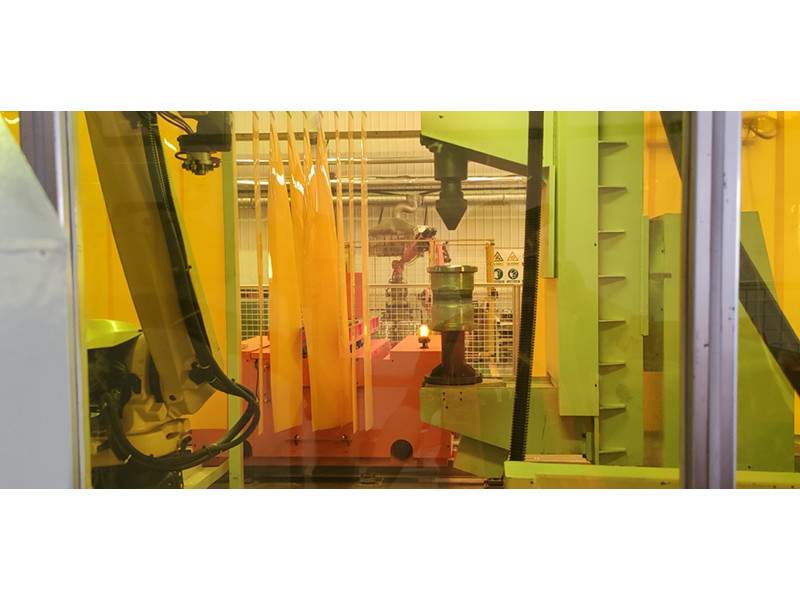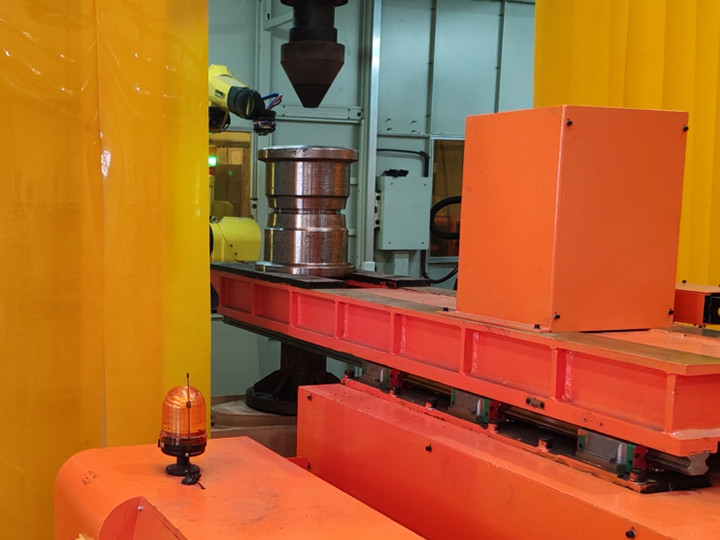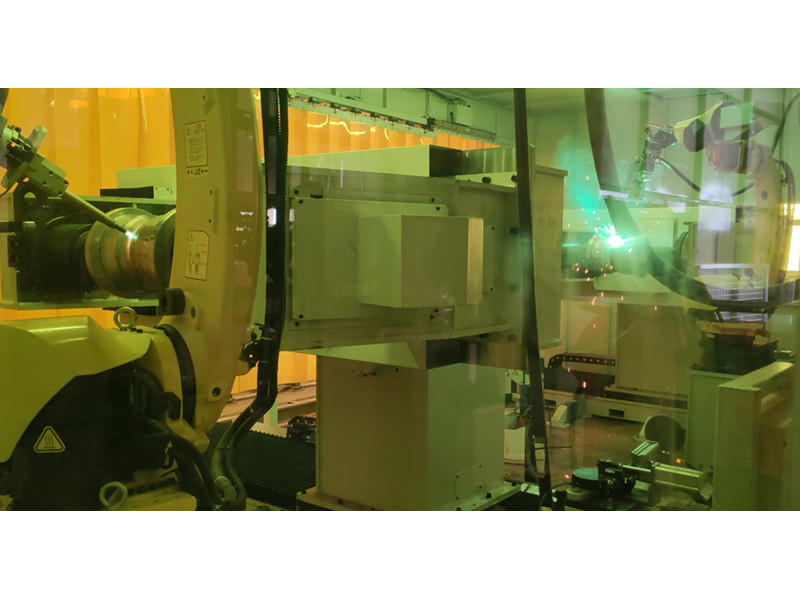Types of Cutting Equipment and Selection Guide: Analysis from Principles to Industry Applications
In modern industrial production, cutting equipment is a key tool for precision material processing, widely used in fields such as metal processing, construction, advertising, and automobile manufacturing. This article will systematically analyze the classification, principles, and applicable scenarios of common cutting equipment to help users make efficient selections based on their needs.
I. Laser Cutting Machine: A Synonym for High Efficiency and Precision
Laser cutting machines melt or vaporize materials by focusing a high - energy laser beam. Thanks to the following advantages, they have become the mainstream choice in the industry:
1. High - precision processing: The kerf width can be controlled within 0.1 - 0.3mm, and the positioning accuracy reaches ±0.05mm, making it particularly suitable for complex patterns and micron - level process requirements.
2. Compatibility with multiple materials: It can cut metals (stainless steel, aluminum alloy), non - metals (plastic, wood, cloth), and composite materials.
3. Improved production efficiency: The cutting speed can reach several meters per minute. The small heat - affected zone reduces subsequent processing steps.
4. Environmental friendliness and safety: Non - contact processing reduces material deformation, with low noise and low waste rate.
Sub - types:
- CO₂ laser cutting machine: Suitable for non - metal and partial metal cutting, with smooth kerfs.
- Fiber laser cutting machine: Specializes in metal processing, supports thick - plate cutting, and has low energy consumption.
- YAG laser cutting machine: Performs fine processing on both metals and non - metals and is commonly used in marking and precision component manufacturing.
Industry applications: Processing of automobile parts, precision aerospace components, cutting of electronic product casings, and production of advertising signs.
II. Flame
Cutting Machine: An Economical Solution for Thick - Plate Processing
It uses a high - temperature flame generated by the mixture of oxygen and fuel gas, mainly targeting metal materials such as carbon steel and steel plates with a thickness of more than 20mm. The equipment has low cost and is easy to maintain, suitable for scenarios such as building steel structures and shipbuilding. However, the heat - affected zone is relatively large, and the edges need secondary grinding.
III. Water Jet Cutting Machine: Cold Processing to Protect Material Properties
It cuts with a high - pressure water jet (up to 600MPa) mixed with abrasives, with the following advantages:
1. No thermal stress influence: Suitable for heat - sensitive materials such as titanium alloy and glass.
2. Compatibility with multiple materials: It can efficiently cut metals, stones, ceramics, and composite materials.
3. Processing of complex curved surfaces: Three - dimensional cutting can be achieved through a numerical control system.
Typical applications: Composite components in aerospace, stone decoration processing, and mold making in the food industry.
IV. Plasma Cutting Machine: Quick Processing of Conductive Metals
It penetrates metals with a high - temperature plasma arc, with the following advantages:
1. Efficient cutting of medium - thick plates: It can process conductive materials such as stainless steel and copper, with a cutting speed 30% - 50% faster than flame cutting.
2. High degree of automation integration: It can be combined with a numerical control system for mass production.
Application scenarios: Machinery manufacturing, pressure vessel processing, and the metal recycling industry.
V. Multi - wire Cutting Machine: A Precision Processing Tool for Brittle and Hard Materials
It uses multiple diamond wires moving simultaneously and is designed for hard and brittle materials such as glass, sapphire, and silicon carbide. Its parallel cutting technology can significantly improve the processing efficiency of products such as wafers and optical lenses, with a precision reaching the micron level, and is widely used in the photovoltaic industry and semiconductor manufacturing.
Key Indicators for Selection
1. Material properties: Laser or plasma cutting is preferred for metals, while water jet or CO₂ laser equipment can be selected for non - metals.
2. Thickness and precision: Flame cutting is suitable for thick metal plates (>30mm), and fiber laser machines are selected for high - precision requirements of thin plates.
3. Production cost: Both the initial investment (equipment price) and long - term maintenance (consumables, energy consumption) need to be comprehensively considered.
Through the above analysis, users can clarify the applicable boundaries of different cutting technologies and select the most cost - effective equipment solution based on the production scale, material type, and processing requirements. For more specific parameter comparisons or industry cases, users can further consult the professional technical team.


